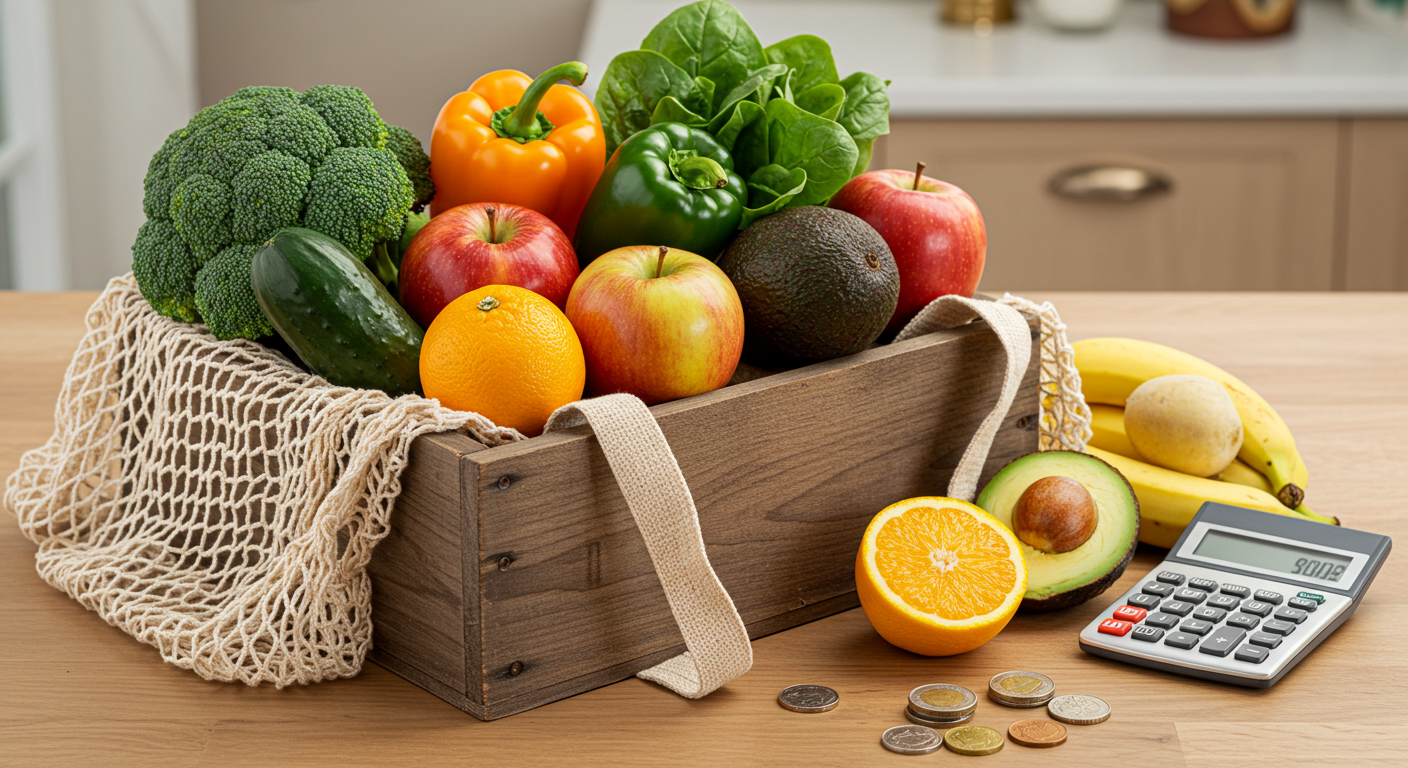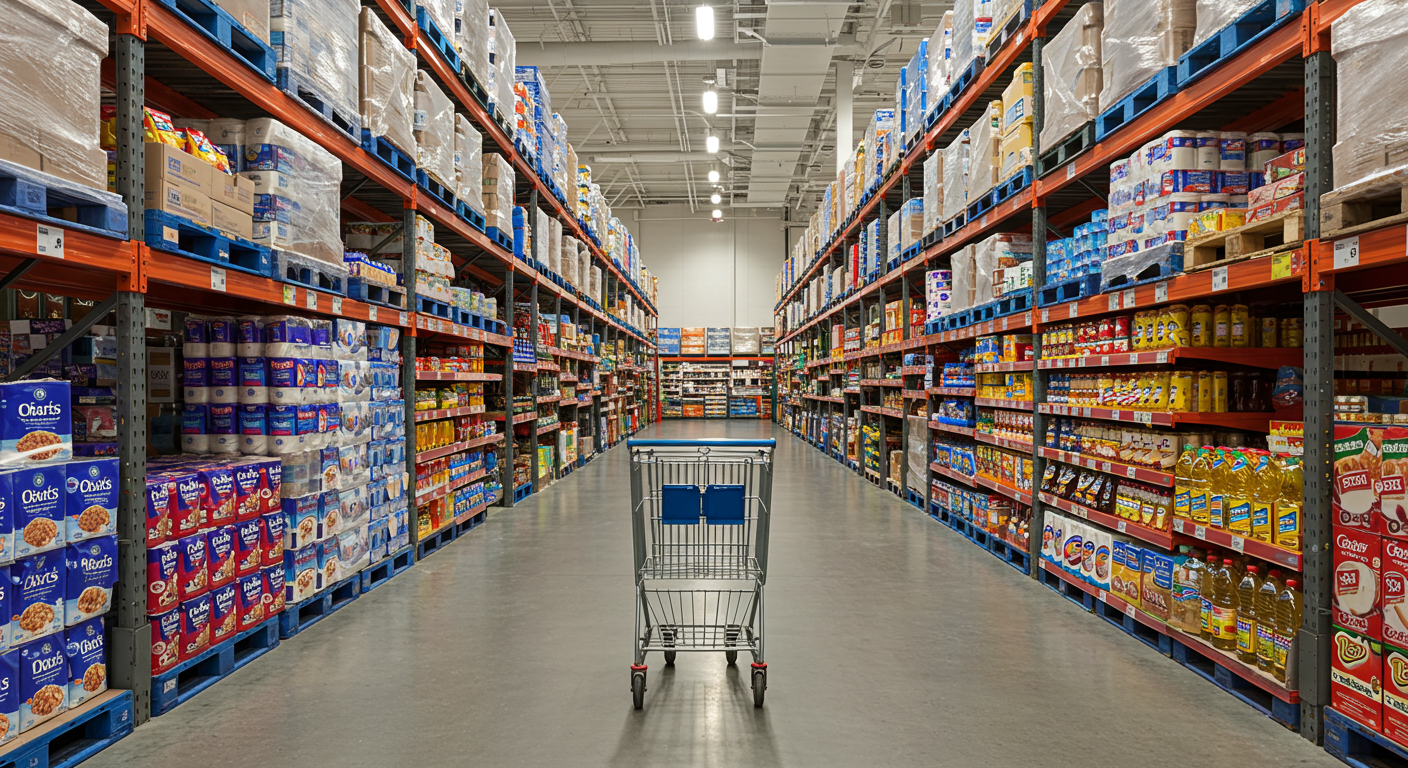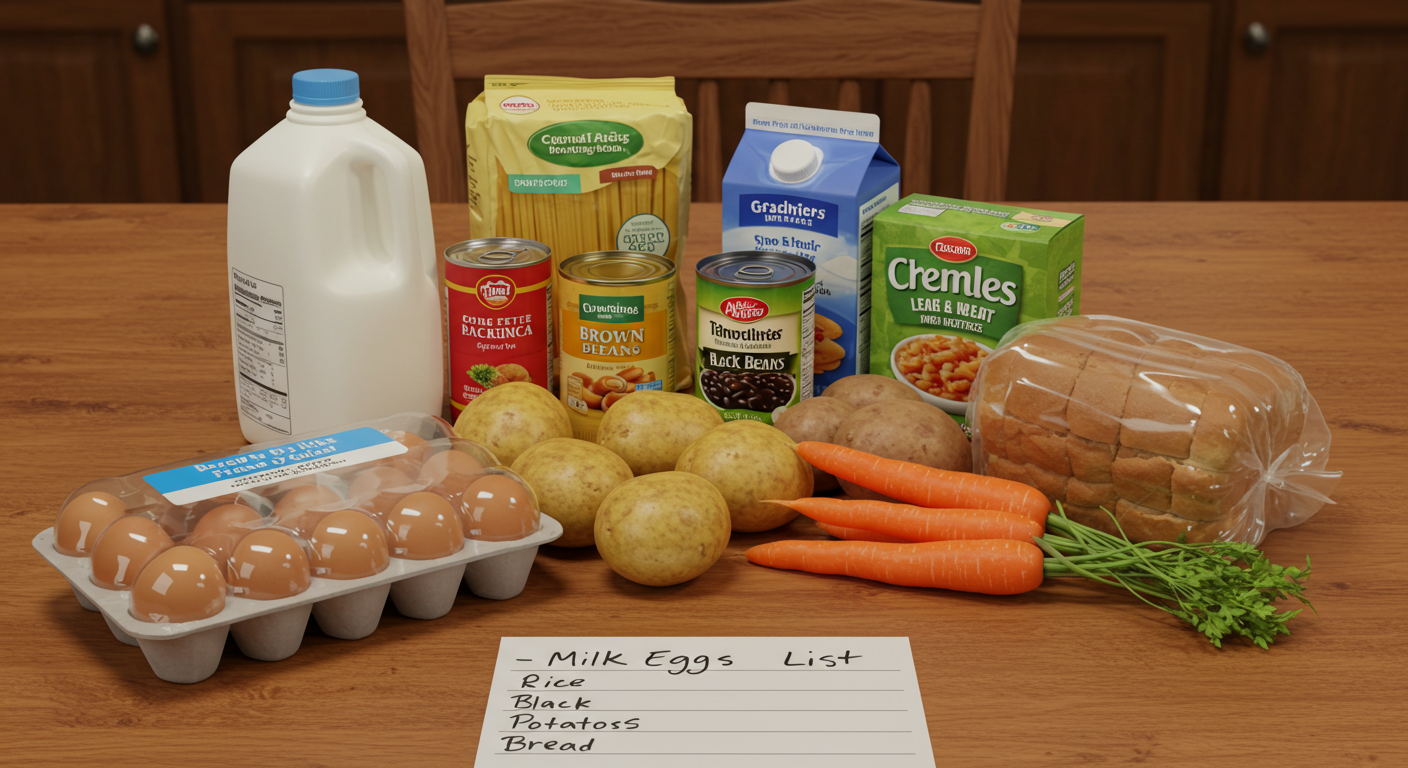How Can Unit Pricing Help You Save Money on Groceries? (A Simple Guide)
How can unit pricing help you save money on groceries? It’s a question every smart shopper should ask — especially with prices rising and deals looking more confusing than ever. From “family size” packaging to “2-for-$5” sales, it’s hard to know what’s truly a good deal.
That’s where unit pricing comes in.
If you’ve ever stood in the aisle debating between two brands with different sizes and prices, this post is for you. We’ll break down exactly what unit pricing is, how it works, and how it can help you make better decisions every time you shop.
How Can Unit Pricing Help You Save Money on Groceries? (Start Here)

Unit pricing is simply the price per unit of measurement — like per ounce, per pound, per liter, or per 100 grams. The Federal Trade Commission offers a helpful explanation that outlines how unit pricing works and why it matters for consumer protection.
Instead of comparing two completely different-sized products based on the total price, unit pricing helps you compare them on equal footing.
Example:
Even though Brand B is more expensive overall, it’s cheaper per ounce — and probably the better deal (if you’ll use it before it expires).
How Unit Pricing Helps You Save Money?
Learning how unit pricing can help you save money on groceries is one of the most practical shopping skills you can build. It allows you to compare items of different sizes, brands, and packaging styles in a way that makes sense — and the tips below show you exactly how.
1. It Shows the True Value Across Sizes
Larger packages aren’t always cheaper. Unit pricing reveals the real math behind so-called “value sizes.”
For example:
Sometimes the difference is small, but over time, these savings add up — especially for items you buy often.
2. It Helps You Avoid Sneaky Marketing Tricks
Sales like “2 for $5” or “Buy More, Save More” can feel like a deal, but they aren’t always.
If a single item costs $2.49, you’re not really saving money by buying two — unless you need both and the unit price checks out.
Pro tip: Always read the fine print and check the unit price.
3. It Lets You Compare Brands Fairly
Unit pricing helps you compare apples to apples — literally. Whether it’s organic vs conventional produce, or a name brand snack vs a store brand version for your pantry, unit pricing cuts through the noise.
Sometimes that “bargain brand” is actually more expensive per unit than the higher-quality item next to it.
This is particularly helpful when comparing organic options across different brands or store lines.
4. It’s a Lifesaver for Budget Meal Planning
If you’re trying to stretch your budget and build meals that cost less per serving, unit pricing helps you plan smarter.
Instead of just guessing, you’ll know which grains, proteins, and pantry staples offer the best value per portion.
Related: Budget Meal Planning That Actually Saves You Money
Where to Find Unit Pricing in the Store
In most U.S. grocery stores, unit pricing is displayed on the shelf tag, right below the product price.
Look for:
Bonus Tips:
How to Read (and Double-Check) Unit Pricing
Let’s break it down with a real-world example:
Even though Jar 2 is more expensive in total, it saves you 2.4$ per ounce — and that adds up when you’re feeding a family or shopping in bulk.
You can also calculate it manually:
Total price ÷ Number of ounces (or grams) = Unit price
There are also free apps that help calculate and compare prices on the go.
When Unit Pricing Doesn’t Tell the Whole Story
While unit pricing is incredibly useful, there are a few situations where it’s not the only factor to consider.
Watch out for:
Use unit pricing as a tool, not a hard rule.
Practice Smart Shopping with Confidence
If you’ve ever doubted how unit pricing can help you save money on groceries, try checking the shelf labels on your next trip. You might be surprised how often the “deal” isn’t actually the best value.
This small habit can make a big impact over time — especially when paired with other smart shopping strategies like shopping your pantry first or tracking your pantry inventory.
You don’t need to change everything at once. Just get curious, do the math (or let your phone do it!), and trust yourself to make smarter choices that benefit your budget and your well-stocked pantry.
Have You Ever Been Fooled by a Grocery Deal?
Ever pick something that looked cheaper, only to realize it cost more per ounce? Unit pricing can be eye-opening! Share your best grocery shopping surprise in the comments — or drop your own favorite trick to spot a real deal.




